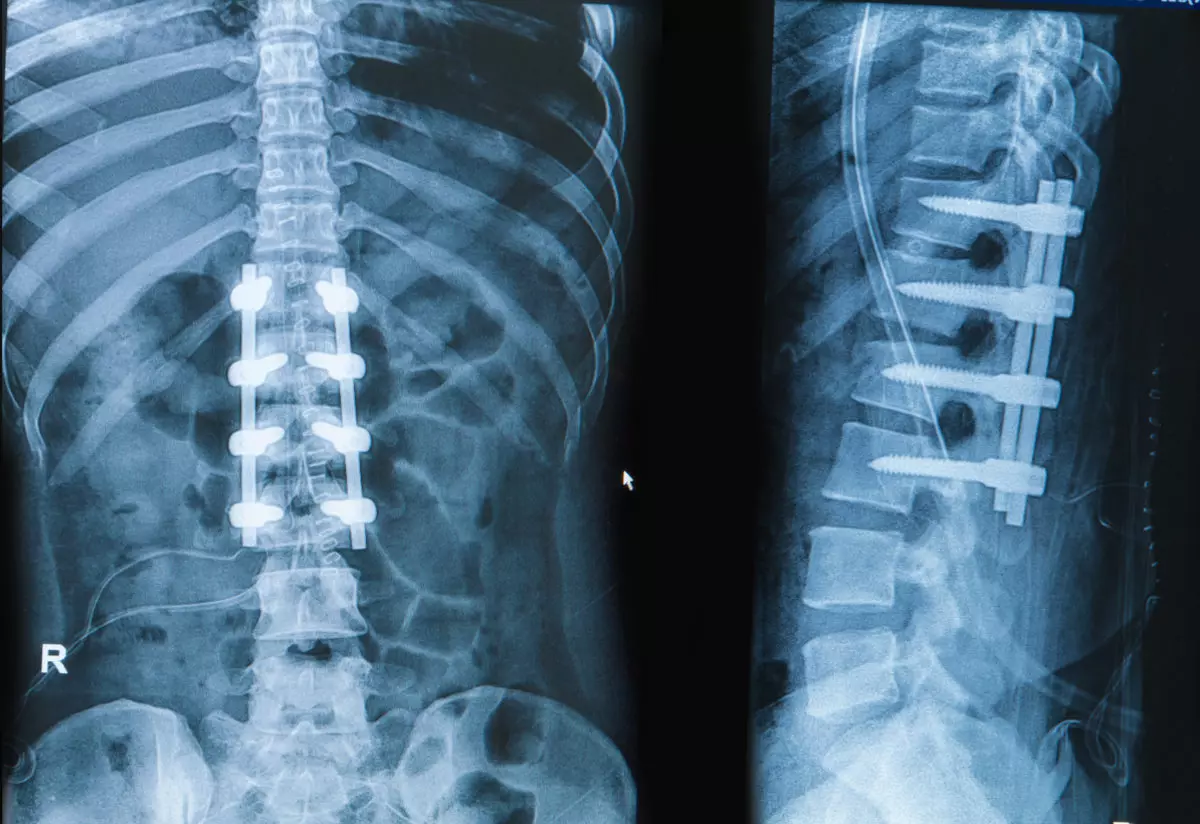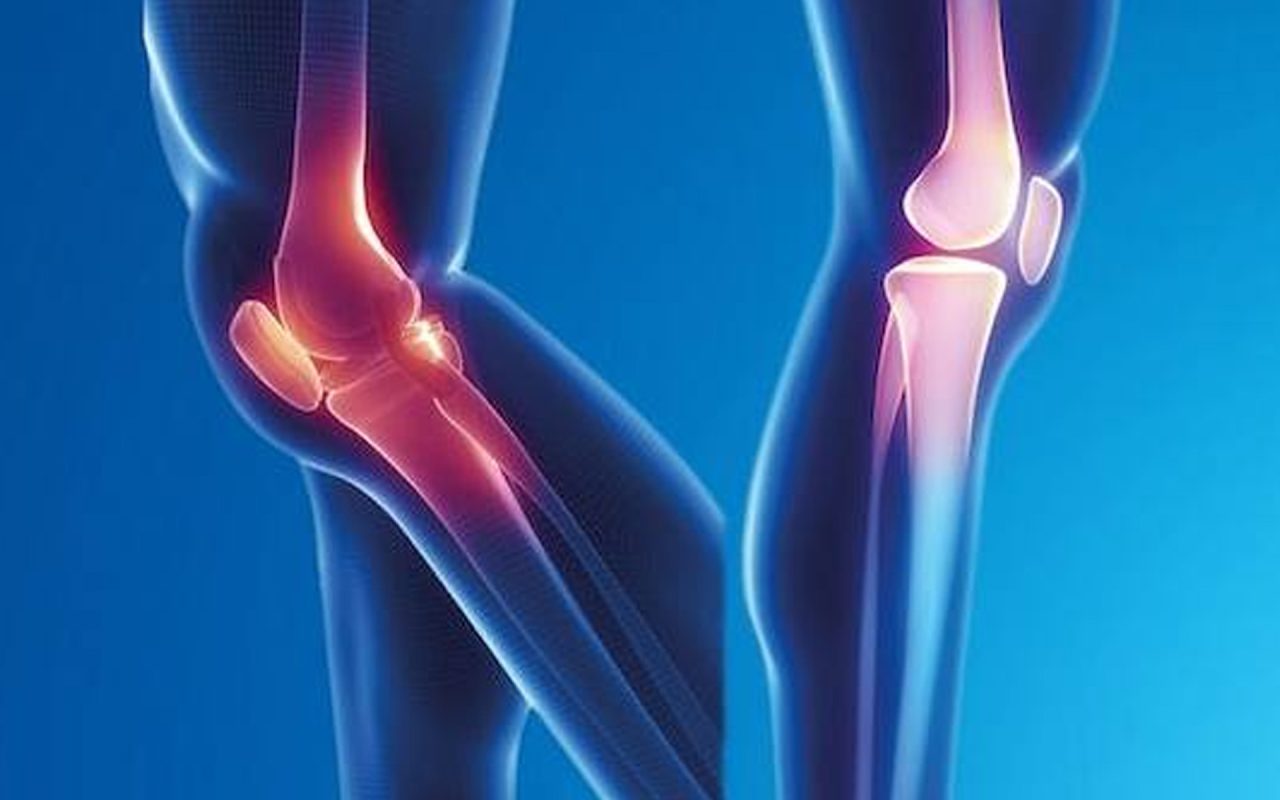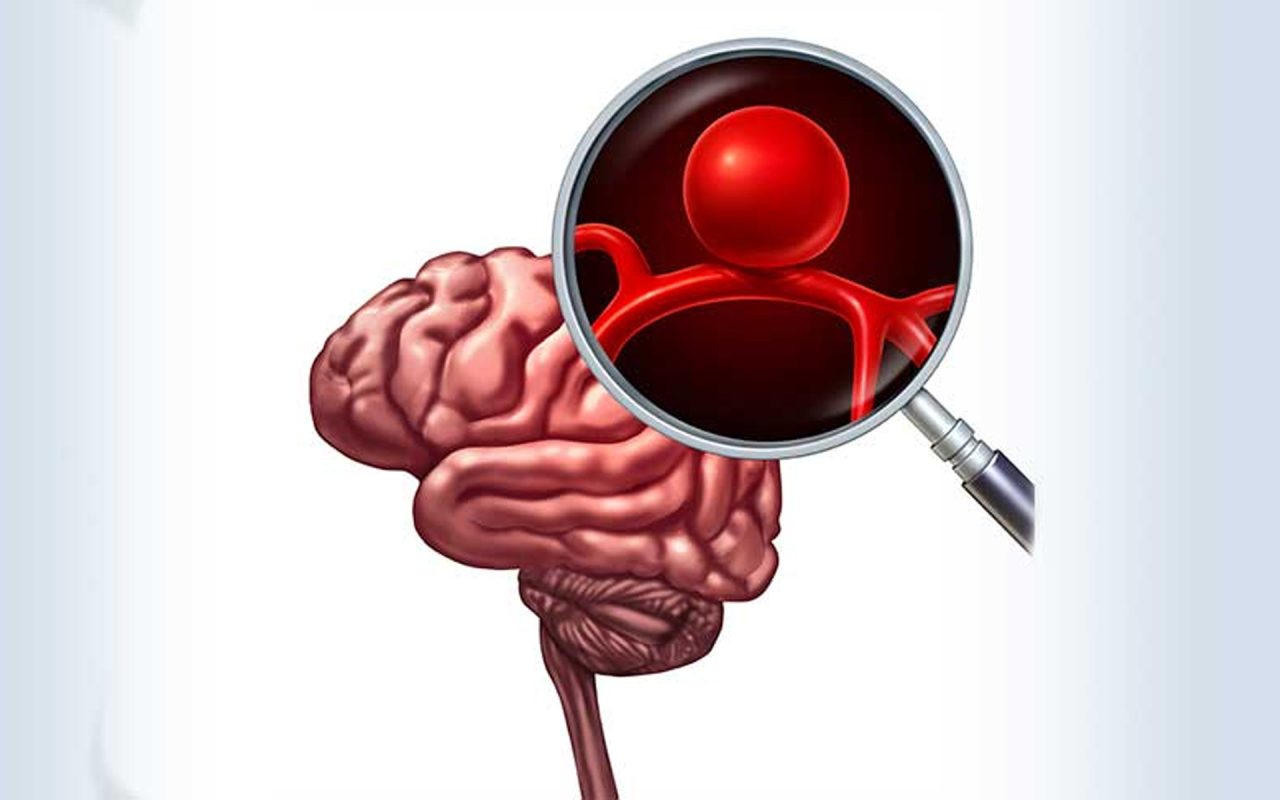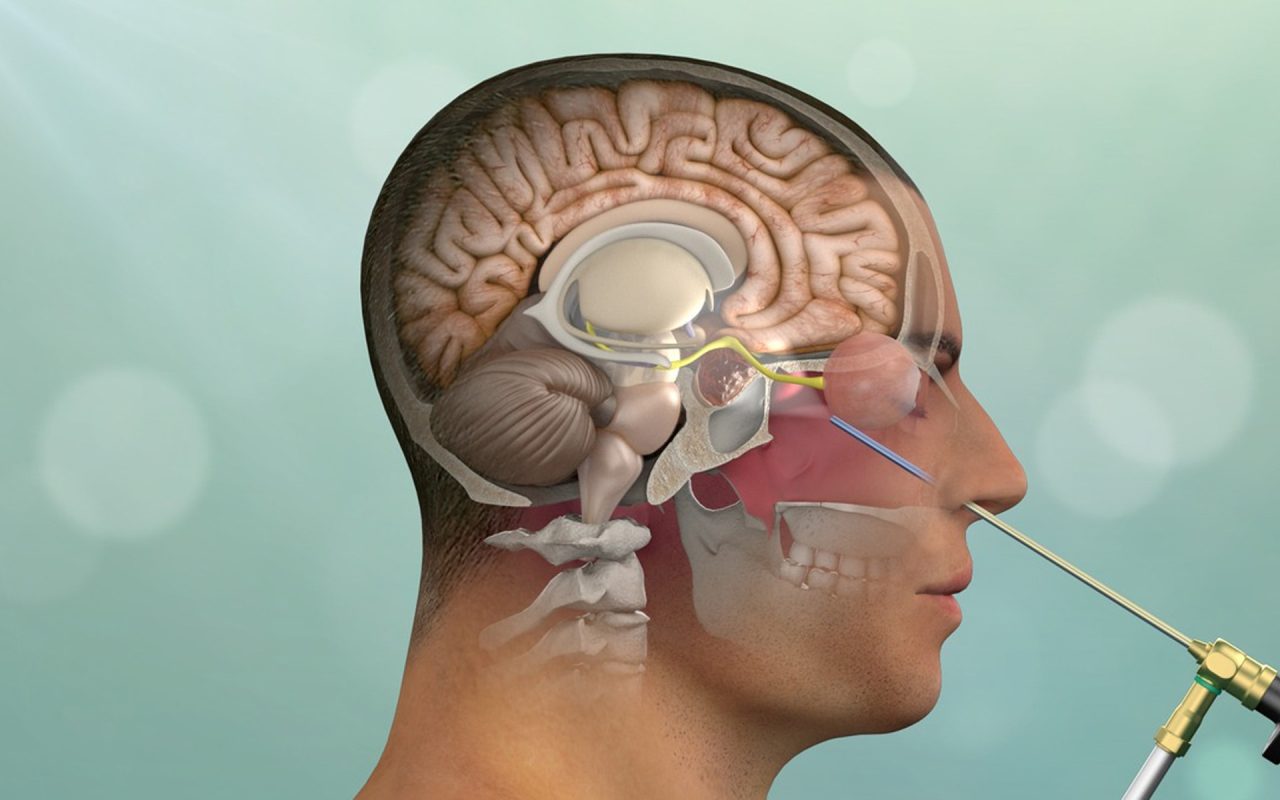Question: Prof. Dr. Yunus Aydın, why do you not prefer to use screws and iron rods in your spinal cord surgery practices? Answer: I would like to talk about the potential drawbacks of using screws and iron rods in spine surgery and alternative treatment methods. First of all, I should point out that although spine surgery is an intervention that may be required in certain cases, the use of screws and rods brings with it...
Yellow Ligament (ligamentum flavum) Preserving Technique
The 'yellow ligament' or ligamentum flavum, which surrounds the posterior part of spinal cord, is an essential tissue that needs to be preserved during surgery using the microdiscectomy technique. Preserving the yellow ligament can be compared to using the door of the room that the surgeon enters. Preserving this ligament with the microdiscectomy technique prevents the formation of minimal adhesions around the nerves. Preserving the yellow ligament minimizes adhesions around the nerves after surgery, reducing the likelihood of recurring disc herniation.
What is Microdiscectomy?
Microdiscectomy, which is a surgical method that allows the removal of hernias occurring in the neck, waist or rarely the back area with minimal damage, is superior to classical surgical methods by providing a safe surgical environment thanks to the narrow tunnel of the microscope. This method also attracts attention by offering the surgeon the advantage of three-dimensional vision compared to the endoscopic technique. In traditional techniques, a large pouch is used to illuminate the operating field.
Adjacent Segment Disease and Microsurgical Approach
A New Perspective on Surgical Interventions Surgical interventions in the spinal canal may cause some complications even when performed with modern surgical techniques. One of these complications is "neighbour distance disease", which can occur as a result of the side effects of the materials and methods used. It is a condition in which surgical interventions, usually using screws, rods and cages, can affect neighboring joints over time. Especially when such surgeries are performed...
Cervical Disc Herniation
Cervical disc herniation is a condition that occurs due to the cracking or leaking of discs in the cervical region of the spine. This condition often leads to symptoms such as severe pain, numbness, and weakness by exerting pressure on the nerve roots in the neck area. Advances in surgical techniques and expertise have made significant progress in the treatment of such conditions.
What is Aneurysm?
The most common type of aneurysm is the saccular aneurysm, which is a saccular enlargement. “Pseudo Aneurysm” is a condition that occurs as a result of the weakening of the vascular wall for various reasons and expands without forming a sac. Another type, "mycotic aneurysm", is irregular ballooning that develops as a result of the weakening of the vascular wall due to microbial infection. Aneurysms can also occur in other vessels in our body. Other aneurysms in the brain...
Craniopharyngioma
Diagnosis, Treatment and Aftermath Craniopharyngioma is a benign tumor that develops outside the brain tissue, in the neighborhood of the pituitary gland and optic nerves, and originates from residual cells resembling tooth development, and contains cystic, calcified and hard parts. This tumor causes various symptoms by pressing on the hypothalamus region, where brain cells are concentrated. In Whom Is It Seen? Although it is mostly seen in children, sometimes in later ages...
Acoustic Neuroma (Vestibular Schwannoma)
Diagnosis, Treatment and Aftermath Angular tumor is a tumor that develops in the area adjacent to the brainstem and cerebellum, especially within the eighth cranial nerve. The fifth, seventh, ninth, tenth, 11th and 12th cranial nerves are also located in this region. The most common type is a benign tumor called "acoustic neuroma" arising from the Schwan cells of the eighth nerve. However, other types such as meningioma, epidermoid...
Aneurysm and AVM
Aneurysm is a balloon-shaped expansion abnormality that occurs at the bifurcation points of the vessels. The wall of this formation is weaker than normal and cannot withstand the pressure, which may crack and cause brain hemorrhage. On the other hand, Arteriovenous Malformation (AVM) refers to the situation in which the arteries carrying clean blood establish a connection between the abnormally enlarged vascular ball and the venous system due to the lack of development in the capillary system.
Pituitary Adenomas
Diagnosis, Treatment and Aftermath Our pituitary gland is an organ that is the center of our body's hormonal management, located at the base of our skull, a few cm behind the root of our nose. It contains cells that secrete and do not secrete hormones. Tumors formed as a result of the unwanted proliferation of these cells are called "adenomas". It attracts attention with its feature of being both inside and outside the pituitary gland. In Whom Is It Seen? Mostly between the ages of 25-45...










